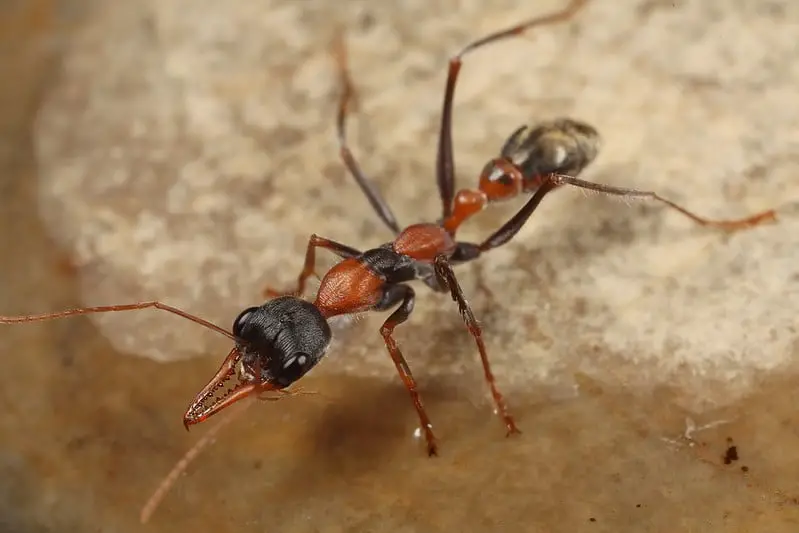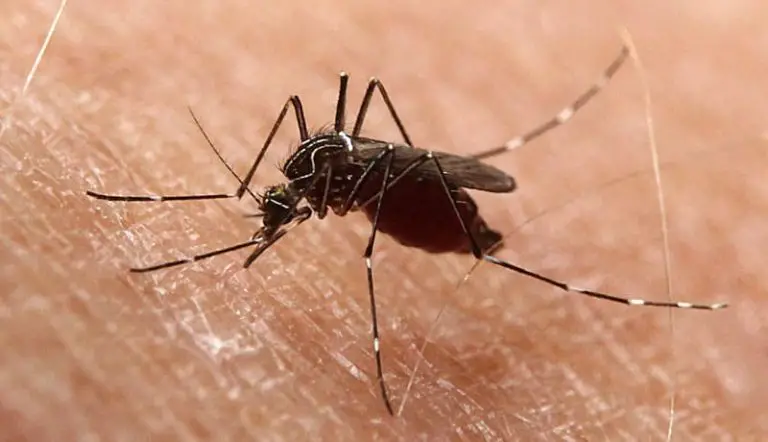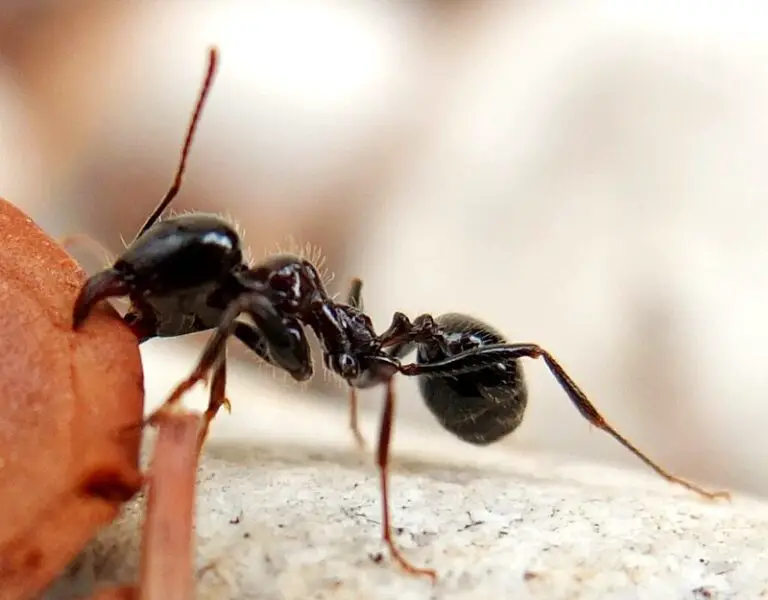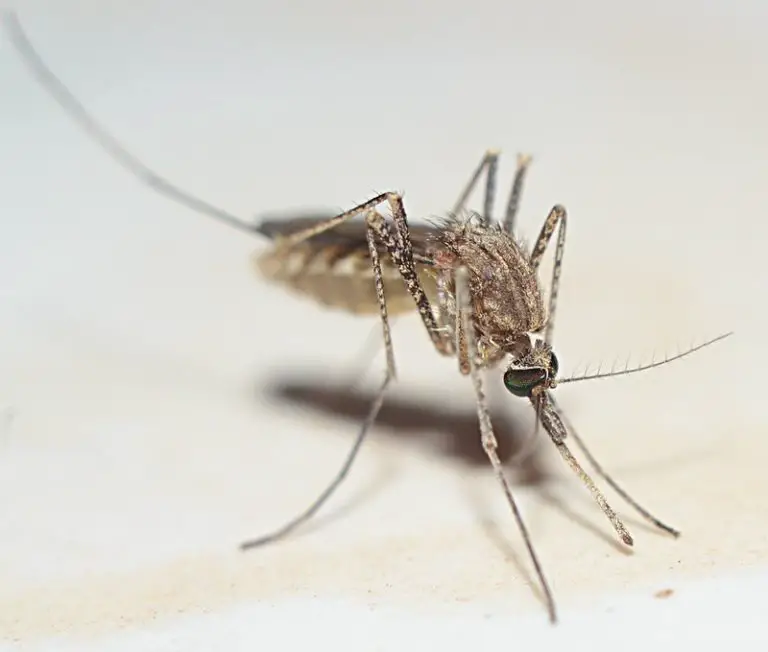Are Ants Decomposers Or Consumers?

To understand what type of animal are the ants in an ecosystem, first, we must understand what is an ecosystem and the interaction that exists between the living beings that inhabit it.
An ecosystem is made up of inanimate (abiotic) and animate (biotic) components. The entirety of biotic organisms – that is, animals and plants – is also known as a biocenosis or community. The biocenosis colonizes an inanimate habitat, the biotope.
Inanimate components are, for example, the rock, the mineral soil, the air and the climate with its temperature, humidity and precipitation conditions. Biotope and biocenosis therefore together form an ecosystem.
Biotope and biocenosis never appear in isolation, but always in a combined form as an ecosystem. Because the lack of one would make the existence of the other impossible (without living space / living beings no living beings / living space).
Depending on the resulting living conditions, different ecosystems develop, such as a forest, a meadow, a body of water or a moor. In the course of development, an ecological equilibrium is established which is maintained by numerous interconnected material cycles (e.g. oxygen, carbon, water and nutrient cycles).
The living beings in an ecosystem are divided into three classes depending on their function: producers, consumers, and decomposers.
Producer: An organism (plant) that produces organic matter from inorganic matter.
Consumer: An organism (animal) that cannot make organic matter from inorganic matter and eats other organisms to take in organic matter. Does not include fungi or bacteria.
Decomposer: An organism (mainly fungi and bacteria) that decomposes organic matter contained in dead organisms and excreta into inorganic matter.
In this description, “consumer” and “decomposer” are separated, but “decomposer” is not different from “consumer” in the sense that it also incorporates the organic matter contained in the food.
The decomposing animals are considered as organisms in charge of using the residues of other living beings. They are found not only inside living beings, recycling the carbon dioxide that plants will later use for photosynthesis, but also in the interior, by consuming all the matter and energy that can be expelled by the rest of those living beings.
Thus, they use the waste of any other living beings and create a balance in the environment. The whole process begins when an animal or plant dies. Gradually, several decomposing animals appear and are born, which consume what is left of organic or living matter, and then turn it into inorganic.
Ants are considered to be decomposing animals, for various reasons, they provide food for many animals. For example, exist a series of mushrooms that are in charge of infecting the ants, until they die. Taking into account the definition made, the ants can be considered both decomposers and consumers.
Subsequently, the fungi will reproduce on their corpse, until a spore is born (another type of fungus). Furthermore, several birds confuse the red body of some ants with fruits and eat them.
In a different role, the Ants also carry the feces of some birds to other animals for consumption.
The decomposition process of the leaf cutter ant and the fungus
Leaf cutter ants live in tropical-subtropical America between 40 ° north and 44 ° south. it can defoliate large areas of forest in a short time. They carry the leaf pieces into their burrow, where they are crushed into leaf pulp and inoculated with fungi of the genera Leucocoprinus and Leucoagaricus, the mycelium of which the ants feed on.
The ends of the hyphae swell to form “nutrient bodies” that are rich in nutrients and can be easily harvested by the ants. The ants maintain their fungal cultures, in particular, they ensure that they are not overgrown by other fungi.
The ants protect their cultivated fungi from being attacked by the Escovopsis fungus with especially acting bacteria (Streptomyces, Pseudonocardia, etc.) that they carry with them on their shell.
These bacteria produce candicidins (substances which also act against the human pathogen Candida albicans). Over 200 different species of leaf cutter ants are known, mainly from the Atta and Acromyrmex genera.
Is an ant a consumer?
Ants are both primary and secondary consumers:
Are primary because they are herbivorous, which means that they eat from the plants and their leaves.
They are also secondary because they can also eat other primary consumers as they are the insects and even they are eaten thus same when dying, for what they are considered as predators.
Is an ant a herbivore?
Because most ants are naturally omnivorous, the various species eat a variety of different foods. The primary food of ants consists of seeds, fungi, nectar, and other insects, but they are capable of eating foods ranging from plant products to animal prey.
While some specialize in sweetened fluids such as nectar and molasses, other ants feed on other bugs and small creatures and seek out dead meat. Some specialize in eating seeds or mushrooms.
Formicates drink from dew, raindrops, and puddles, and sometimes get their moisture from food (like nectar).
Most species of formicates will store their food in their nests, particularly the seed-eating ants.
Other ants eat fungus that grows in their nest. Leaf-cutter ants inhabit warm climates, cutting leaves and taking them to their subterranean nests, and they also feed on the fungus that grows on the leaves.
Are ants scavengers?
Ants are scavengers, they perform in the elimination of scavengers from the natural environment, thus allowing the proper functioning of ecosystems through the recycling of nutrients and energy.
The first animals to scavenge are flies, beetles and ants. Together with many other invertebrates they can eliminate up to 90% of the dead biomass of small vertebrates in a few days.
The ant as a beneficial insect
Thanks to the ants, you have to do less of it than you think. Because ants carry weed seeds away. They also take care of small caterpillars, snails or carrot flies as well as numerous eggs of harmful insects that could otherwise harm your garden.
When small animals die, ants devour them as scavengers. Ants are vital for some plant species that rely on the ants to spread their seeds. These include, for example, borage, lavender, cowslips, violets, and many more.
If these plants settle again thanks to the ants, other plants may benefit from it. Ants are useful in the wild as well as in the cultivated garden and help keep the system going.




